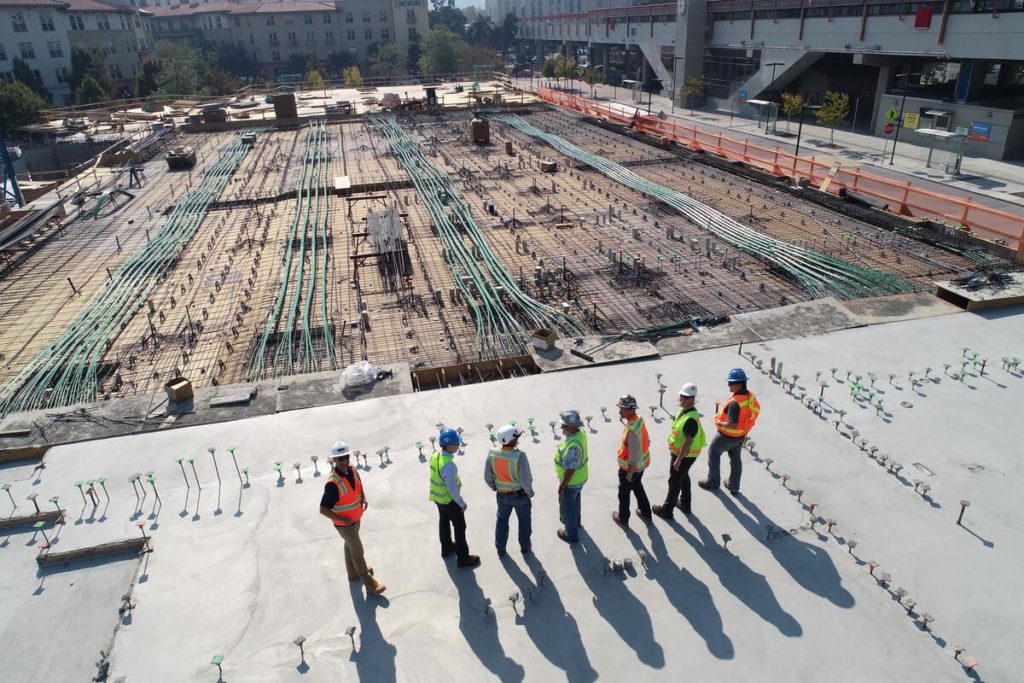A skills gap in an industry is defined as the difference between the skills employers expect from employees and the skills that employees possess. A skills gap can be caused by various factors – technological advancement, changes in business practices, or a mismatch between the education and training offered by institutions and the needs of employers.
In recent years, there has been an increased focus on the skills gap in the United States. It’s mainly because American businesses struggle to find workers with the necessary skills to fill open positions. In some cases, this has led to companies outsourcing work to other countries or automating tasks traditionally done by human workers.
Unlike the construction industry, no other industry is experiencing a skills gap. However, the Associated General Contractors of America reports that about 80% of firms have difficulty filling hourly craft positions, and the number of job openings in the industry is expected to exceed one million in 2018.
The skills gap in construction is a complex problem with no easy solutions. However, there are a few things that firms can do to help solve the problem:
Robust Testing and Training Programs
Testing and training play a huge role in closing the skills gap in the industry. For example, CITB, the UK’s construction industry training board, offers a wide range of exams that test an individual’s knowledge of specific construction trades. The CITB exam can help to identify the skills that employees need to improve upon and can also be used to benchmark employee performance. The United States has a similar exam known as the National Construction Apprenticeship Exam.
In addition to CITB exams and the NCAE, several other testing and training programs are available to construction workers. For example, the National Center for Construction Education and Research (NCCER) is a nonprofit organization that develops standardized curricula for the construction industry. NCCER also offers testing and certification programs to help workers demonstrate their skills and proficiency in various construction trades.
Companies need to invest in these robust training programs to ensure that employees are appropriately trained. In addition, these programs can help to bridge the skills gap and prepare employees for the future.
Improved Job Site Safety
Another way to help solve the skills gap in construction is by improving job site safety. A safe job site is a productive job site, and employees who feel safe are more likely to be engaged in their work. Unfortunately, the construction industry is prone to accidents, and there were almost a thousand fatalities in the industry in 2019.
There are several ways to improve job site safety, but one of the most effective is providing employees with the proper training. Employees should be trained to safely use the equipment they will be using on the job. They should also be aware of potential hazards and know how to avoid them.
In addition to training, employers should ensure that job sites are well-organized and have a transparent chain of command. By doing this, employers can help to create a safe and productive work environment for employees.
Increased Use of Technology
Technology can also help to solve the skills gap in construction. The use of drones, for example, is becoming more common in the industry. Firms can use drones to inspect job sites and identify potential hazards. Firms can also use them to capture data that can be used to improve project planning and execution.
The use of virtual reality is also increasing in the construction industry. For example, virtual reality can be used to train employees or simulate work environments. Firms can also use it to create a realistic representation of a job site so that employees can better understand the project’s scope.
Technology can help to close the skills gap by providing employees with the tools they need to be successful. Using technology, employers can allow employees to learn new skills and improve their performance.
Automation
Another way to help solve the skills gap in construction is by automating tasks. Automation can help to improve productivity and efficiency on job sites. It can also help to reduce the number of errors made by employees.
One of the most common ways to automate tasks in construction is through the use of robotics. Robotics can be used for many tasks, including welding, lifting, and measuring. Robotics can also be used for more complicated tasks, such as bricklaying and concrete pouring.
Robotics can help to close the skills gap by providing employees with the opportunity to learn new skills. Automation can also help to improve job site safety by reducing the number of human errors made on the job.
The skills gap in construction is a complex problem with no easy solutions. However, firms can do a few things to help solve the problem. Some of these solutions were indicated above. By following these solutions, the construction industry can begin to close the skills gap and prepare for the future.
